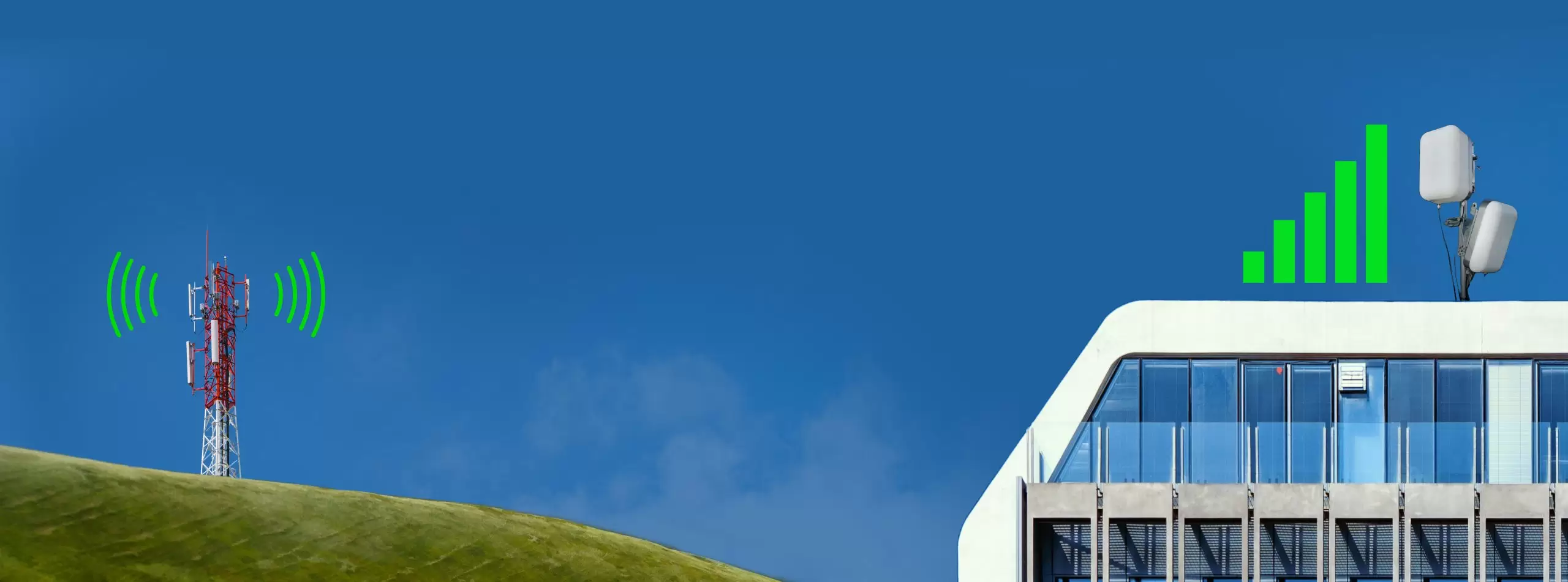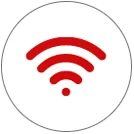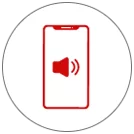If you’ve unsuccessfully attempted to make a cell phone call in an unfamiliar location, then you’ve probably looked to see how many bars are displayed on your phone. Frustratingly, you may even see bars displayed and still be unable to make calls. Unfortunately, this happens because these signal bars are not actually an accurate assessment of signal strength.
The trouble with your phone’s signal strength bars is that there’s no industry standard governing them, so they provide an indication of the relative strength of the cellular signal rather than an absolute value. Plus, because each phone manufacturer uses its own algorithm to determine signal strength, bars can vary significantly between devices from different brands.
In other words, one phone may display only two bars despite receiving a stronger signal than a phone displaying three bars. It’s even possible for your phone to display four bars when you aren’t receiving a signal at all.
Although a passive DAS system may be an ideal choice for a business that’s looking for a cost-effective solution to poor cellular reception, there may be some signal loss due to the use of coaxial cables. A dual-amplifier configuration solves that problem. This design pairs a primary signal booster with a supplementary inline booster to compensate for signals lost over long lengths of cable. This pairing results in optimal signal boost for the building.






















